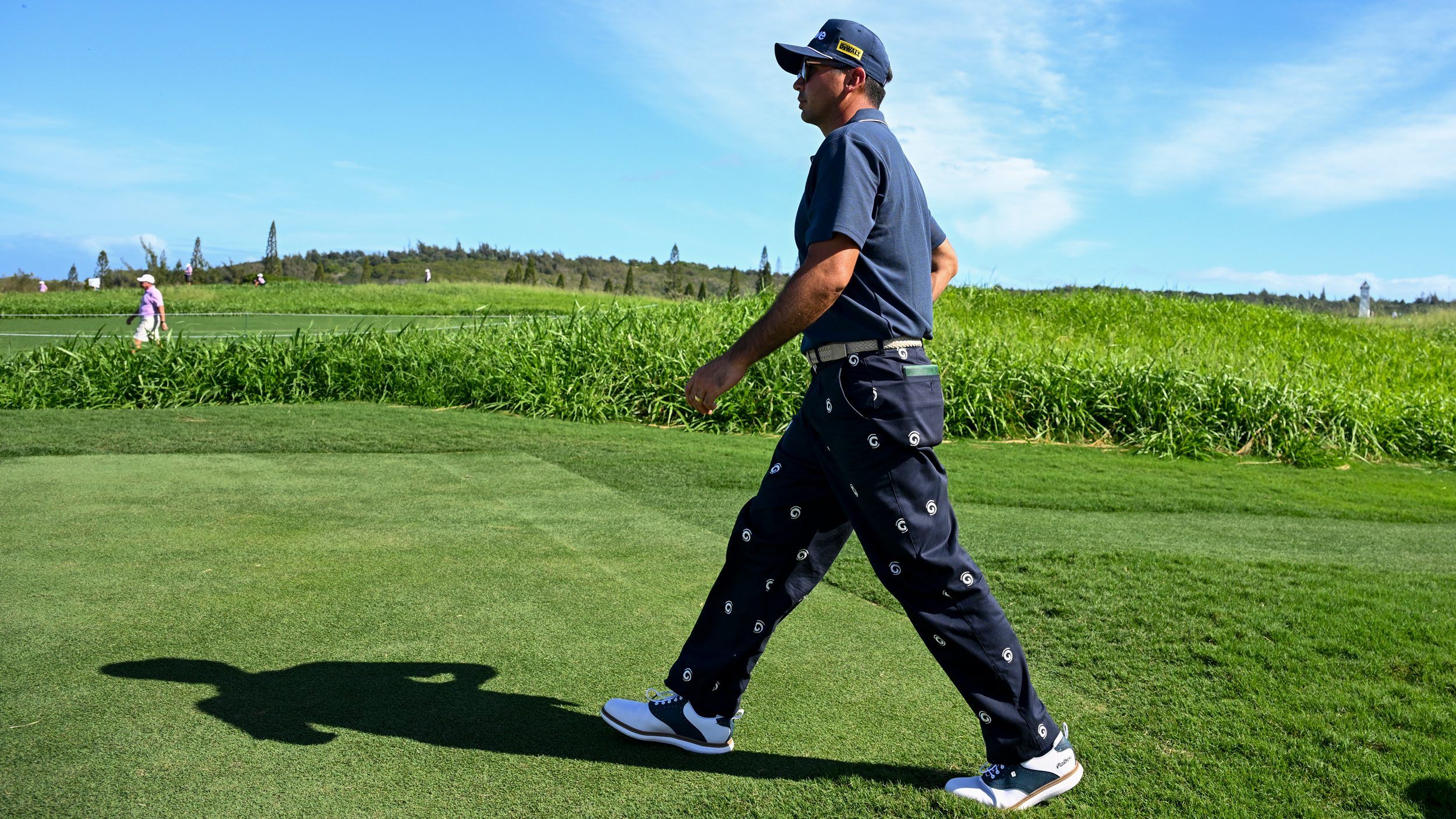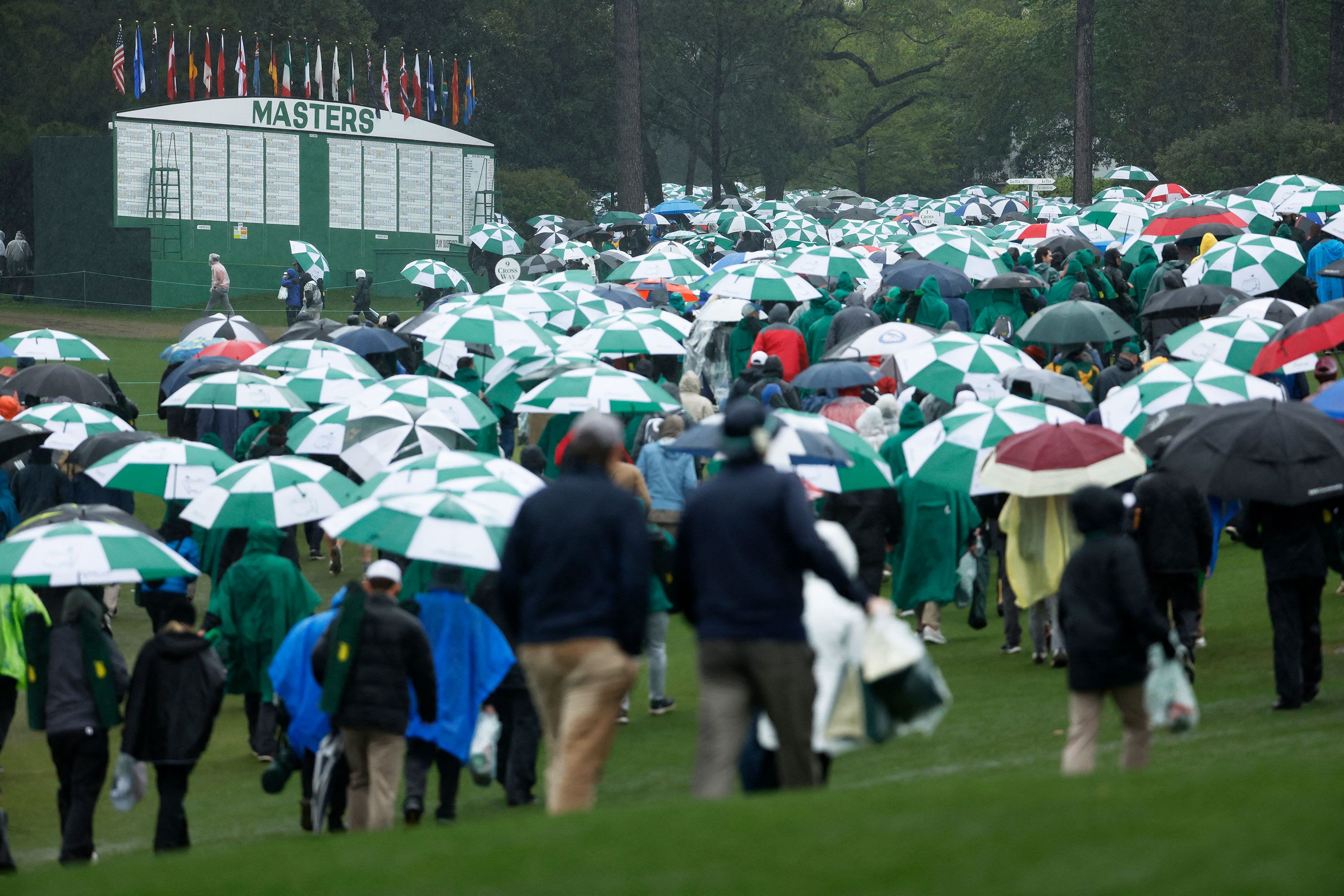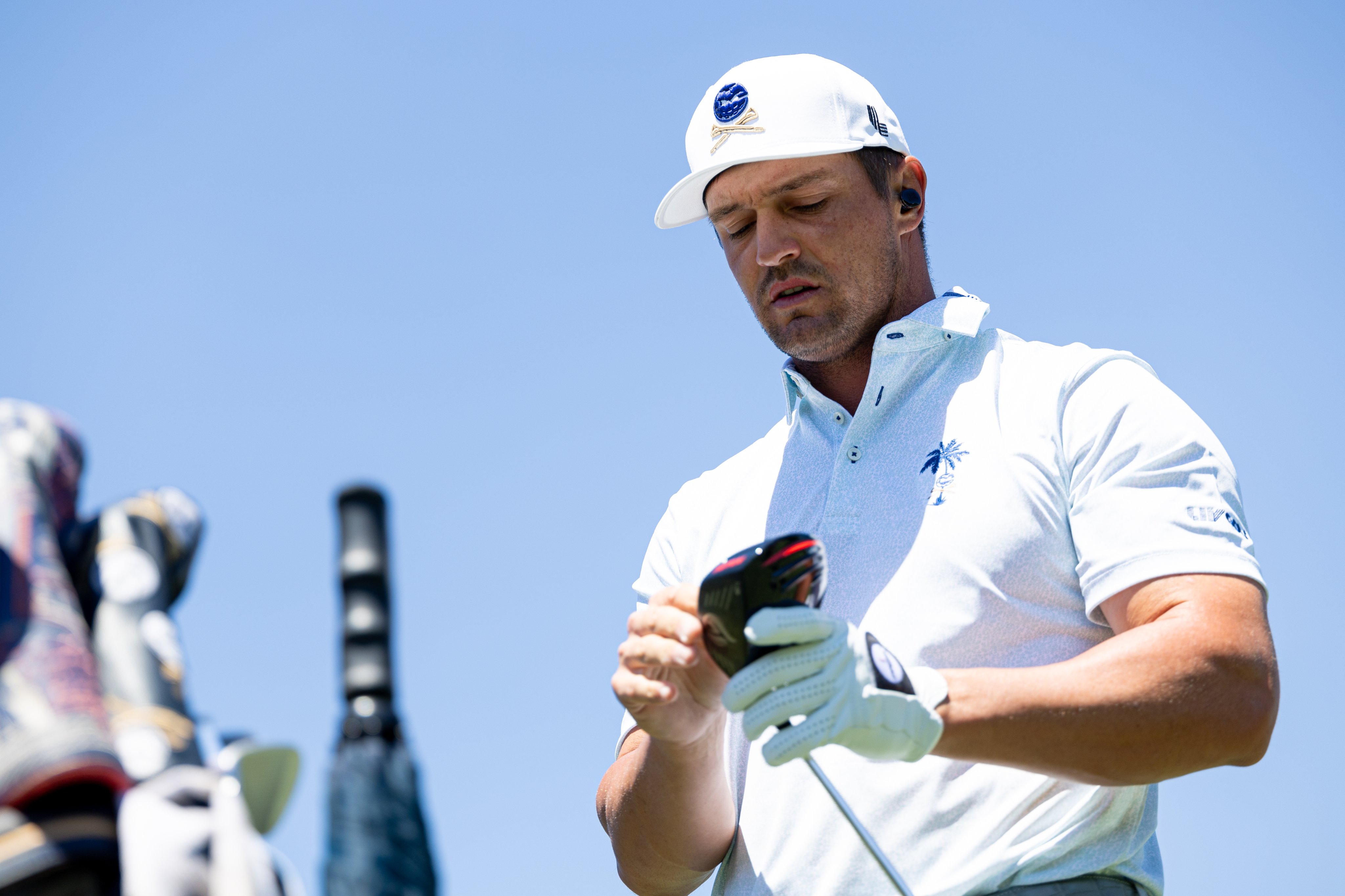Golf Instruction
Finding the Champion Within – Part Three

“Competitive golf is played mainly on a five-and-a-half-inch course… the space between your ears.”
So said the great Bobby Jones, our first superstar champion. What Mr. Jones was telling us was that the mental aspect of golf is more important than the physical aspect. Most folks don’t want to believe that because they have no idea how to deal with the mental part.
We go out to the practice range, the driving range, the putting green, the practice holes and we practice the physical: the swing. Rarely, if ever, do we practice the mental: how to compose ourself, how to remain composed in the face of daunting circumstances, how to recover from a bad shot, and how to deal with negative thoughts.
In Part Two of this series, we saw how to overcome negative thoughts about chunking the shot, or mis-hitting it in some other disastrous way. That “door” scenario can be used for any fear that jumps out at you: shanking, hooking, slicing, topping, skulling, etc., etc. The more you look for that fear, the more you try to understand it, the more you will realize that it’s manageable, that you can handle it, and the more it will then recede into the background.
By the way, if you happen to find the fear in the darkness of your mind, examine it. Try to understand its origins, its power, its manifestations. If you can do that, you’ll kill it for good.
Training ourselves for the mental aspects of the game will help us play better golf. So let’s go out to the practice range. You’ve loosened up. You’re ready to swing. You find a spot to hit and drop your balls. A wedge in hand, let’s say, you take a couple of easy swings.
Compose yourself.
Now, before you hit any shots, practice composing yourself. Get your emotional and psychological bearing into a completely neutral state: a state of mind which will allow the muscle memory to take over with no interference. You want to let go of all the other thoughts, cares, and tensions you might have, and focus on feeling the swing.
Here’s what to do: Imagine you’re skydiving. Out of the plane you go. And free fall for a few seconds. Terrified? Exhilarated? Nervous? Try to understand how you’d feel and what you’d be thinking. After a good free fall, pull the rip cord and feel the jerk of the chute. Then drift blissfully down. See the earth coming up at you. Guide your chute to a desired landing spot.
When you’re finished, and as you set up the first ball, your mind will be clear of anything but the task at hand, making this swing with the wedge.
As is the case with any routine you devise, working through it makes it more compact and accessible. You’ll want this ‘composure’ accessible on the first tee, for example. And, you might also need it during the round if you get a little flustered. When it’s become short and sweet and reliable, it’s invaluable.
Let the anger go.
Now, realizing that you’ll almost always hit a few errant and costly shots, and that the resultant anger and frustration can poison the following shots, practice letting your anger and frustration go.
Recreate a moment of total calm and relaxation that you’ve experienced before. Like maybe a perfect afternoon at a perfect beach, with a perfect drink in hand. The sun warms your skin. The drink slakes your thirst. The sound of the water soothes your mind. Total relaxation. Let the anger go. Feel it seeping out of your body. Swing the club.
Practice overcoming a fear.
Now that you’re using the practice tee to actually practice, practice overcoming a fear. Drag out one of your more frequent saboteurs. Oh, topping it into the water, maybe. Even though your not actually topping many of these balls out there on the range, you know perfectly well what it feels like and how frequently you start thinking, “I’m gonna hit it in the water!”
So, here’s another way to work around that fear. Imagine the following: you’re at a swimming pool. Your fear, like a key, is on the bottom of the pool over there in the deep end. Imagine diving in and going down under water to retrieve the key. Hold your breath. Swim to it. Count the strokes. Reach it, pick it up and bring it up and put it on the edge of the pool. And breathe.
Pause and survey your nerves. Calm? Okay, go ahead and hit your shot. Or still nervous about topping it? Take a little more time with the problem. Go back to the “door” and look for it in the darkness: look to previous times, previous years, try to find the origin. Think of the costliest water ball you ever hit, like the one that cost you a big match. When you’ve finished, pause and survey your nerves. Good to go? Then hit your shot.
When you are working on the practice tee like this, take the time to stop and think about how effective the mental preparation was, or wasn’t. Just like when you practice your swing and you try to emphasize the good motions and get rid of the bad motions, you do the same with your thinking. Compress it. Go through the “pool” scenario and evaluate how effective it was. Do you need to expand it? Do you need to alter it in some way? If so, do so.
After using these schemes, you’ll realize that it’s easy to create your own. Specific to you. Specific to your game. Practice them. Practice them on the range. Get them down to a workable few seconds.
Sometimes there might be a trace of the fear lingering after the routine. No problem. Understand that you can handle a trace. What’s important is that the fear is not in the forefront of your mind anymore, it’s way back there in the background and it won’t poison the swing. Go ahead and hit the shot.
These acts of imagining take you temporarily out of the golf environment and provide respite and perspective. They allow you to disengage from fear. When you return to the golf environment, you’ll be calm and ready to focus. The nerves, or the bad shot, or the fear, or the trash talk, or whatever it was that was impinging on your game will be gone. And you’ll be ready to continue at maximum capacity.
When you’ve finished your session on the tee, go over to the putting green and do the same thing. Compose yourself. You’ll be able to roll the ball right down the line at the hole with ease.
Cover Photo via Flickr
-
Equipment3 days ago
Bryson DeChambeau is Using Custom 3D Printed Irons at The Masters
-

 Fantasy Golf Predictions1 week ago
Fantasy Golf Predictions1 week agoFantasy Golf Picks, Odds, and Predictions – 2024 Masters Tournament
-

 News6 days ago
News6 days agoMalbon Has Jason Day Looking DAPPER for The Masters
-

 News6 days ago
News6 days agoDark Skies Ahead: Masters Forecast to Favor Bad Weather Golfers
-

 News1 week ago
News1 week agoTiger Woods Health Before Masters Tournament Revealed
-

 News7 days ago
News7 days agoLANDSLIDE: Brandel Chamblee Predicts a Runaway Victory for Past Masters Champ
-
News3 days ago
U.S. Open Champ Takes a Dig at DeChambeau, but Is It Warranted?
-

 Apparel5 days ago
Apparel5 days agoViktor Hovland Joins Team Puma












